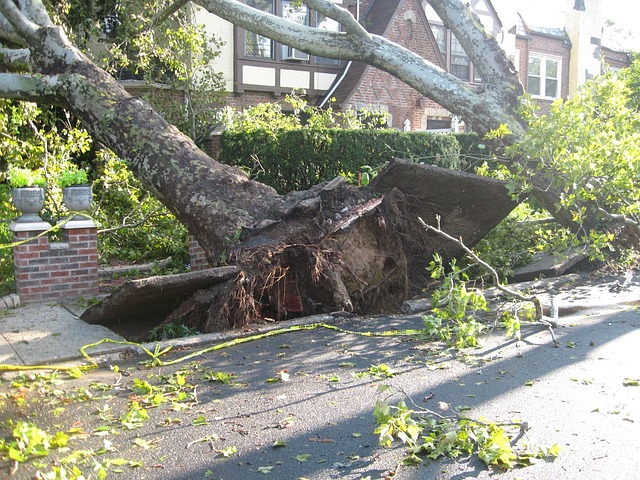CNN Business posted an article titled “Climate change is costing the US $150 billion a year. Here’s what that looks like,” which cites a recent government climate report to claim that global warming is causing an increase in costly weather disasters. This is false. Data refutes the assertion that extreme weather is becoming more frequent or severe. As a result, climate change cannot be behind the rise in weather related damage. The real reason is a matter of demographics and economics, especially population growth and increased development in natural disaster-prone areas.
CNN claims that the United States experiences a weather event costing $1 billion in damage every three weeks, as opposed to “40 years ago, when extreme weather episodes that cost an inflation-adjusted $1 billion happened once every four months on average.” This figure comes from the Biden administration’s recent National Climate Assessment (NCA) report.
What CNN neglects to mention in their effort to tie rising disaster costs to climate change is that property values – both in the form of objects like houses, cars, and home goods, as well as land values – have increased over time. This obviously contributes to the rising costs of damages, with or without inflation factored in. In addition, more people than ever before insure their property, under various government backed flood, disaster, and crop insurance programs.
Coastal development has increased over time as well, and the total number of people (and their possessions) has also increased in the United States, particularly in states like Florida, Texas, and California, which are prone to natural disasters like hurricanes, severe droughts, and wildfires, all of which damage property. (See figure below)

Florida’s population, for example, has nearly doubled since 1983, putting an additional 10 million people in harm’s way when hurricanes strike there. Population and associated development has also increased in most other coastal locations and along attractive rivers and streams, meaning when hurricanes occur or rivers rise, more people are at ground zero for harm.
The Daily Caller interviewed University of Colorado professor and climate researcher Roger Pielke, Jr., who explained plainly that “[t]here is no peer reviewed science that attributes any part of increasing disaster losses to changes in climate,” says economic data is not a good metric for making claims about climate change, largely because of the economic conditions that change regardless of the weather.
CNN also says that the “cost of extreme weather events is expected to grow in the near term with a projected rise in sea levels and temperatures,” but this is more unsupported speculation. While it is true that sea levels have risen gradually since the end of the last glaciation, as discussed in Climate Realism post “Sorry, Washington Post, Climate Change Isn’t Worsening Hurricanes, but Storm-Resilient Military Bases Make Sense,” there is no evidence that sea level rise is making it so storms are more damaging. Also, as Climate Realism has pointed out many times, there is no data showing an increase in severe tropical cyclones.
Regarding the point on temperature, CNN does not elaborate on how higher temperatures will cause more costly damage, except that they say “agricultural losses” and “worker injuries” are counted among the NCA report’s damage calculations. This is nebulous at best, but crop production in the United States has been increasing over the same period of modest warming, and worker injuries don’t appear to be getting more common, according to the most recent U.S. Bureau of Labor Statistics data. (See figure below)

There has been no increase in heatwaves in the United States, either, with the most extreme recorded summer heat in U.S. history was during the 1930s, well before climate alarmists claim there was accelerated human-caused warming.
Weather and natural disasters certainly result in billions of dollars in cost each year, but using economic figures as proof of a climate catastrophe is misleading. Not only has extreme weather not become worse in the United States over time, but the NCA report and CNN both ignore myriad the other factors, like population growth and greater development, that result in higher damages costs now than in the past when extreme weather and other types of disasters strike.
















